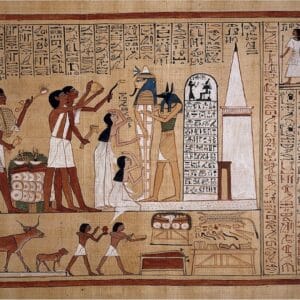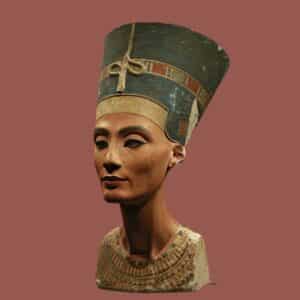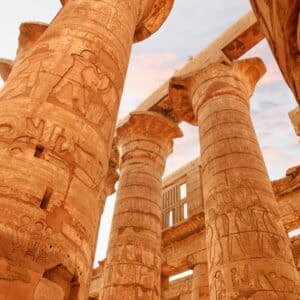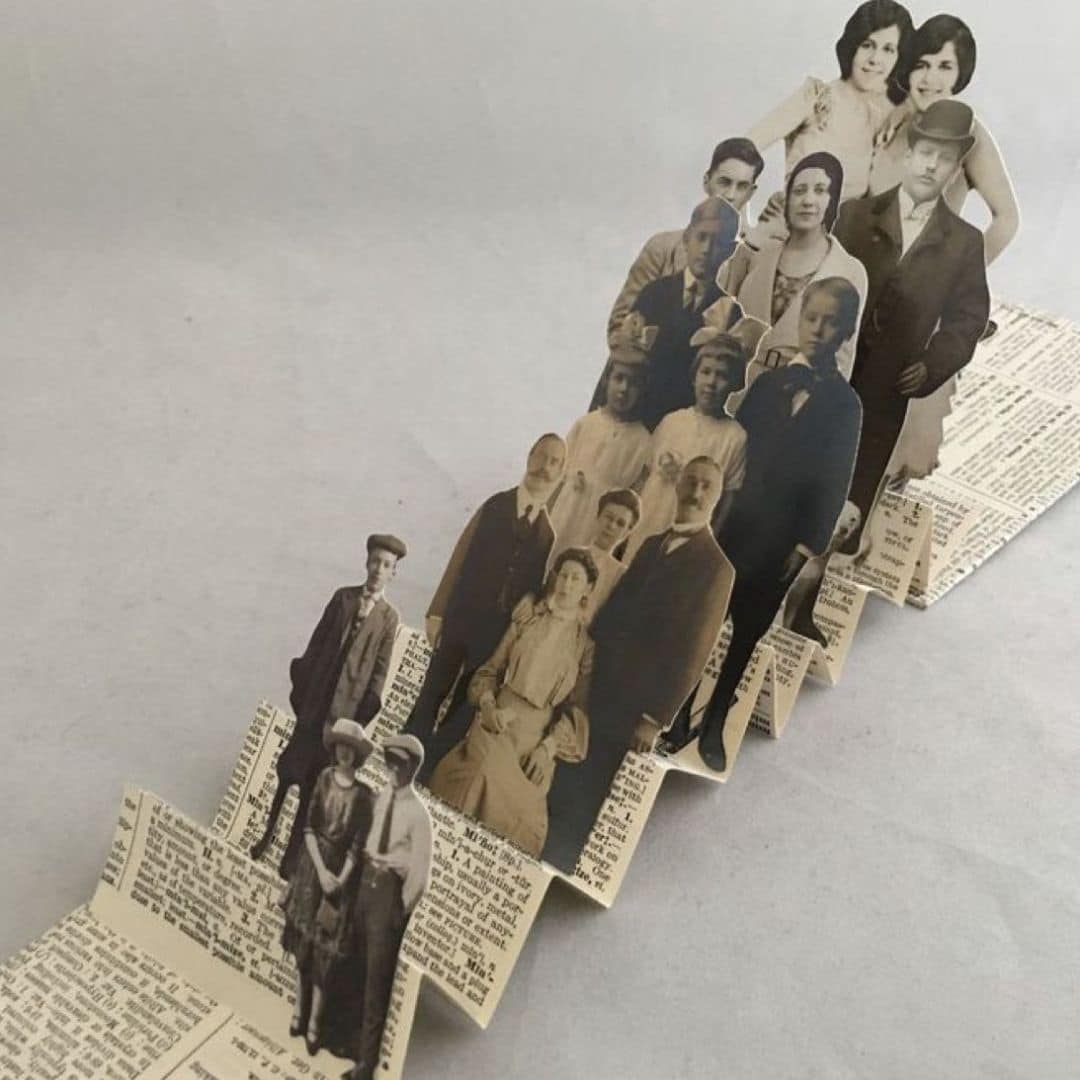Certified Online Course: Culture, Beliefs, Art & Daily Life in Ancient Egypt
Explore the mysteries and marvels of one of history’s most fascinating civilizations.
Uncover the rich and complex world of Ancient Egypt in this certified online course that delves into its culture, religious beliefs, artistic achievements, and everyday life.
Through engaging lessons, visual materials, and expert insights, you will learn how the Egyptians lived, worked, worshipped, and expressed themselves through art and ritual.
Perfect for history enthusiasts, educators, students, and professionals in heritage and museum fields. Complete the course at your own pace and earn a certificate that recognizes your new knowledge of this iconic civilization.
Languages: English.
Certified Online Course: Culture, Beliefs, Art & Daily Life in Ancient Egypt
The ancient culture of Egypt will never cease to fascinate us
In this online Ancient Egypt Course you will learn about the complexity of its myths and elaborate funeral rituals.
The hieroglyphs and art that has remained unchanged for thousands of years, obeying strict formal principles.
In this Ancient Egypt course certificated you will learn about the Egyptian civilization and egyptian culture beliefs and art.
And the consequent analysis of three great architectural examples, which are a link between all the elements that you will study.
The certificated course – Ancient Egypt Course Online – fee includes 24-hour access for an unlimited time to:
- Lessons for each theme of the program.
- Presentations and videos.
- Links to articles, videos and websites.
- Evaluation (1 final questionnaire).
- Certificate.
Learning Objectives – Certified Online Course: Culture, Beliefs, Art & Daily Life in Ancient Egypt
The course price (a single payment) includes all content, assessment and certificate. The value is exempt from VAT under paragraph 10 of Article 9 of the CIVA.
How it works
Course structure
Unit 1 – Culture
1.1 The Awakening of Egyptian Culture.
1.2 The Importance of the Nile River.
1.3 The Importance of Art.
1.4 The Artisans.
1.5 What Happened to the Heritage
1.6 How Egyptian Temples Were Saved
Unit 2 – Beliefs
2.1 Afterlife Beliefs and Mythology.
2.2 Egyptian Gods and Goddesses.
2.3 What Happens After the Pharaoh’s Death.
2.4 Mummification.
Unit 3 – Daily Life in Ancient Egypt
The daily life of the ancient Egyptians: food, fashion, entertainment and leisure.
Unit 4 – Important Ancient Egyptian Personalities
4.1 The Monotheistic Pharaoh who Changed Ancient Egypt
4.2 The Legend of Cleopatra
Unit 5 – Important Steps in Egyptology
5.1 Tutankhamun’s Treasure.
5.2 The Decipherment of the Egyptian Hieroglyphics.
Unit 6 – Funerary Architecture
6.1 Developments in the Old Kingdom.
6.2 Developments in the New Kingdom.
6.3 Analysis of the Great Pyramid of Giza.
Unit 7 – Religious Architecture
7.1 Egyptian Temples.
7.2 The Priests.
7.3 The Decoration in Temples.
7.4 Analysis of the Temple of Amun
Unit 8 – Civil Architecture
What we know about civil architecture in Ancient Egypt from the analysis of archaeological remains.
Author

Diana Ferreira
Graduate in Art History from the Faculdade de Letras of the University of Porto and Master in Museology (Spain: Valladolid).
Worked in the Galleria Nazionale d’Arte Moderna di Roma and was part of the managing staff of the Uffizi Gallery, in Florence.
Studied and worked in Italy and Spain several times on scholarships. Trainer and head teacher for the subject on Art History in Porto, and Introduction to History of Art, Iconography and History of Architecture at the Academy of Art in Florence.
The book Guia dos Tesouros Arquitectónicos (Lisbon: Chiado Editores, 2014) was published in 2014, product of an in-depth investigation on the addressed topics.




